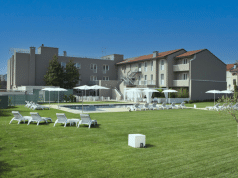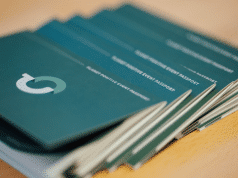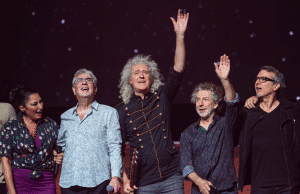DEFINITION
If you can’t measure it, you can’t improve it. Events should create a measurable ROI for organisers and participants. Calculating classical return on investment (ROI) is mathematical; however, calculating Return on Event (ROE) is far more complex, as it also includes changes and relations set off by the event itself. A measuring standard that we recommend is the ROI Methodology by the Event ROI Institute, which we have slightly adapted for our needs.
THE STARTING POINT
The ROI Methodology was developed and established in the seventies by Dr. Jack J. Phillips, the president of the ROI Institute®. His work is based on the scientific findings of Donald Kirkpatrick. Elling Hamso, the charismatic founder of Event ROI Institute, tailored the methodology to the needs of the meetings industry. He is one of the individuals who has had a profound impact on the entire industry. An event’s additional value then became measurable and today it is the most precise indicator of an organisation’s success. After all, investments in events are not insignificant and have to be repeatedly justified for clients.
THE CONCEPT
If we paraphrase Dr. Elling Hamso, the first condition for profitability is that event organisers optimise their expenses and maximise events’ added value. However, this is rarely the case; participants place all their hopes on the organisers, yet often, they do not have any expectations of their cooperation and participation.
Everything starts with setting goals and expectations from both the organisers and the participants. Whenever goals are not set, anything can seem good. Setting objectives is a priority, as only then can we measure what we have achieved. Despite this, goal setting is not so straightforward because what we want to achieve will radically influence the event’s programme. This is where professional meeting designers come in.
Although there are several methodologies and measuring techniques, everything starts with the evaluation and decision of keyholders as to which outcomes are the most important for the organisers, participants and exhibitors. Our agency divides this into five segments:
Nonetheless, events are not the universal solution for creating added value. It is crucial to understand the context, and it is great if events can contribute to added value, but otherwise, it is smart to use other tools that are more effective in specific circumstances. Networking just for the sake of it does not make sense if and when you do not have clear expectations from participating. Only then can we talk about an investment into an event and not wasting time.
TIPS AND TOOLS
The traditional ROI pyramid, as developed by Elling Hamso includes six levels of evaluation, leading to the ultimate goal of changing participants’ behaviour and sometimes that of society as a whole. Understanding the ROI pyramid contributes to understanding events as an investment and not as an expense for clients.
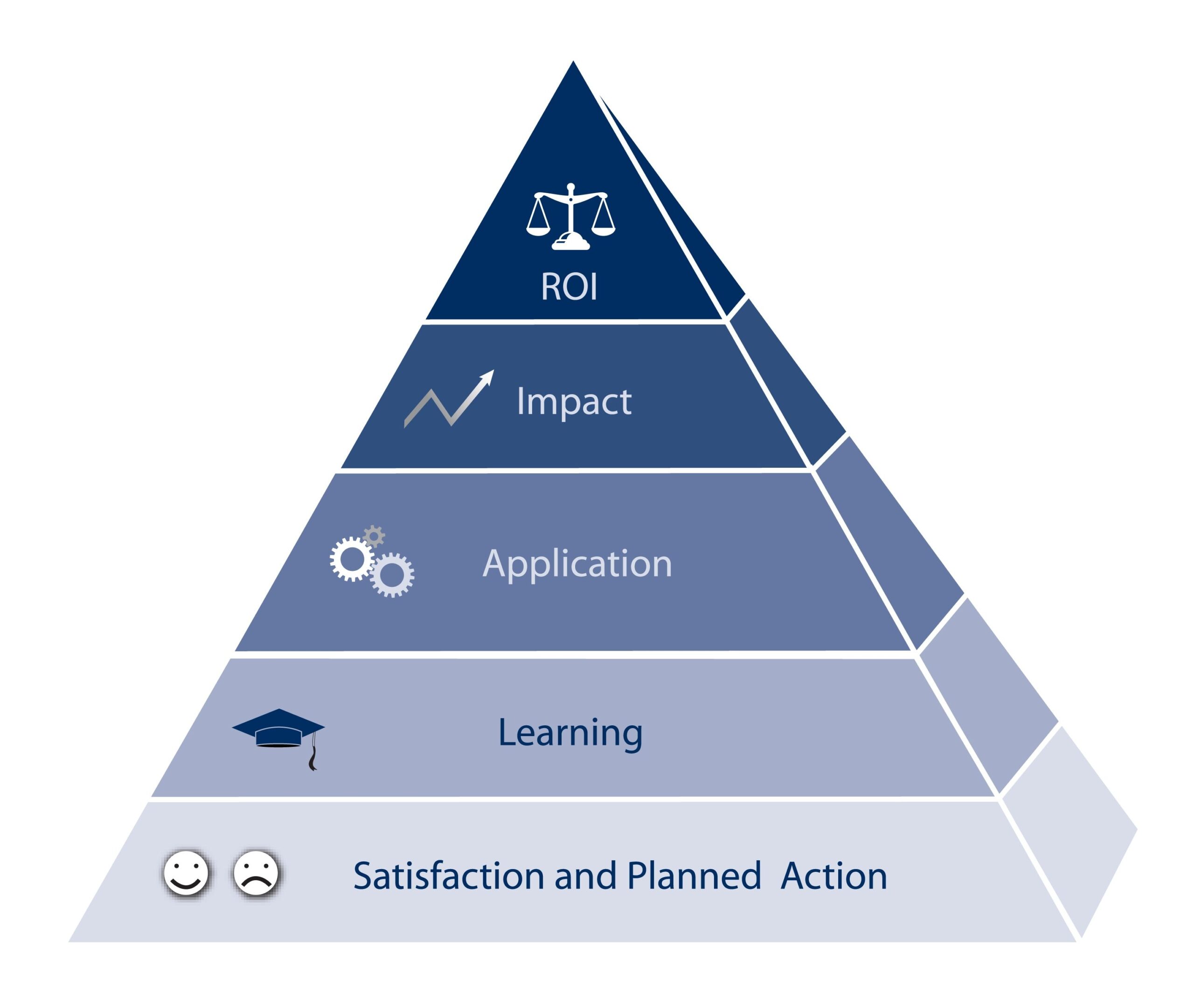
The added value levels from the bottom to the top of the pyramid are as follows:
LEVEL 0: TARGET AUDIENCE
The primary task of organisers is to make sure the attendees of an event are at the right place at the right time—an audience that can decisively contribute to creating added value. If we overlook this, the event has a high chance of failure.
LEVEL 1: LEARNING ENVIRONMENT & SATISFACTION
The learning environment recognises participants as stakeholders and encourages their active engagement, as well as developing their cooperation skills at the event. The key to a high satisfaction level is cooperative learning in an environment similar to a living room.
LEVEL 2: LEARNING
Neuroscience shows that the human brain is made for interaction. While individual and independent study and exploration are valuable, learning is dependent on interaction. Cooperation and group learning should be developed as one of the most important competencies of meeting planners.
LEVEL 3: BEHAVIOUR
The emotional and cognitive dimensions of learning are inseparably connected. Hence, we must understand not only the cognitive development of participants but also their motivation and emotional drivers.
LEVEL 4: IMPACT
Evaluation has great significance in relation to the success of an event. Stakeholders need to be given comprehensive, regular and logical information and analytics. The same goes for participants, to whom such information should be provided for better understanding and active participation in the event.
LEVEL 5: RETURN ON INVESTMENT
Motivation and emotions play an important role in the success of an event. Jointly, they ensure the creation of added value by the participants and the event itself. Greater ROI is generated by events where all stakeholders understand the goals and purpose. It is about measuring the planning, from the start to the end, setting detailed and measurable goals (on six levels) and proving value with result measurements. If you wish to set applicable and relevant goals, you must understand experience learning — how participants learn and change behaviour. It is a theory or model as well as a practical tool for improving ROI at events for the parties involved. Individual objectives must be smart and measurable. KPIs (key performance indicators) must also be set, preferably at the start of planning.
The simplest way to present the entire methodology is through an interview with Elling Hamso for Kongres Magazine from 2018.
“We will see a lot more multi-hub hybrid meetings”
Elling Hamso, one of the leading experts on measuring the ROI of meetings and events, started Event ROI Institute in 2005. He is a member of the jury of European Best Event Awards (EuBEA), Middle East Best Event Awards, Eventex Awards and national event awards in several European countries. He has received numerous awards and recognitions; in 2015, for example, he was awarded the Event Designer of the Year by the Meeting Design Institute.
Q: What is the ROI Methodology about?
It is about meeting design, mainly at the beginning and the end of the process, setting detailed and measurable objectives (at six levels) and proving the value by measuring the results. But to set good and relevant objectives, you also need to understand experience design, how people learn and change behaviour. It is a theory, or model, as well as a practical toolkit for improving event ROI for stakeholders.
Q: Which are the new concepts for creating unforgettable events?
There isn’t much new under the sun, but we are slowly learning from the cognitive and social sciences how important it is for learning that events are unforgettable. How feel-good dopamine improves our long-term memory, for example. How participant involvement and excitement are almost prerequisites for learning. I see fewer deaths by bullet points these days, but many congresses and conferences are still crime scenes.
Q: How important, as a strategic tool, are events?
What does it mean to be ‘strategic’? Playing a role in something bigger perhaps. Few events create much value in a vacuum. I see leading companies positioning events more as a component in a bigger campaign than just one-night stands. Events are potentially strategic tools if we understand the wider context in which they contribute to value.

“Events are potentially strategic tools if we understand the wider context in which they contribute to value”
Q: How would you define the added value of events?
The added value is very much in the context of a bigger strategy or campaign. But we need to be clear on the value before we talk about added value. Value for whom? It is rarely the objective of an event to create an unforgettable experience for its participants. That’s a means to an end, not the end. Who are the stakeholders, who pays, who is looking for value in return to improve profits or succeed in fulfilling the organisation’s mission? There is never value to participants or other stakeholders unless the event experience leads to a change in participant behaviour. Participants may have had an unforgettable time, but if they go back to their offices and do nothing different, there is no value to anybody, except the enjoyment at the moment. Then, the event becomes an item for consumption, not stakeholder investment.
Q: How to measure the added value of events?
Measurement is easy. The hard part is setting relevant and detailed measurable objectives. When you have those, magic happens, because now you are able to design the event to meet those specific objectives. You need to check that you have the right people in the room, those who can potentially change their behaviour to provide stakeholder value. You need to measure the quality of the physical and emotional learning environment, your instructional design, did it work, did participants learn and remember your information, did you change their attitudes, did they do what you needed them to do in order to provide business value to stakeholders.
Q: Where do you see changes coming in the event industry?
I think we will see a lot more multi-hub hybrid meetings. We have the technology, it’s cheap and reliable and as the Fresh 2018 conference in Copenhagen, Basel, London and Johannesburg demonstrated a few weeks ago, we are getting close to understanding how to apply the technology. It’s not the same as a single venue meeting, and it’s not the best option for every meeting, but for some, it is even better.
RECOMMENDATIONS
It is important to consider whether an event is worth attending and whether the event will genuinely create a return on investment.
Based on our experience, we have put together a few tips and recommendations for objectively evaluating the profitability of attending B2B events, tradeshows and conferences from the participants’ point of view.
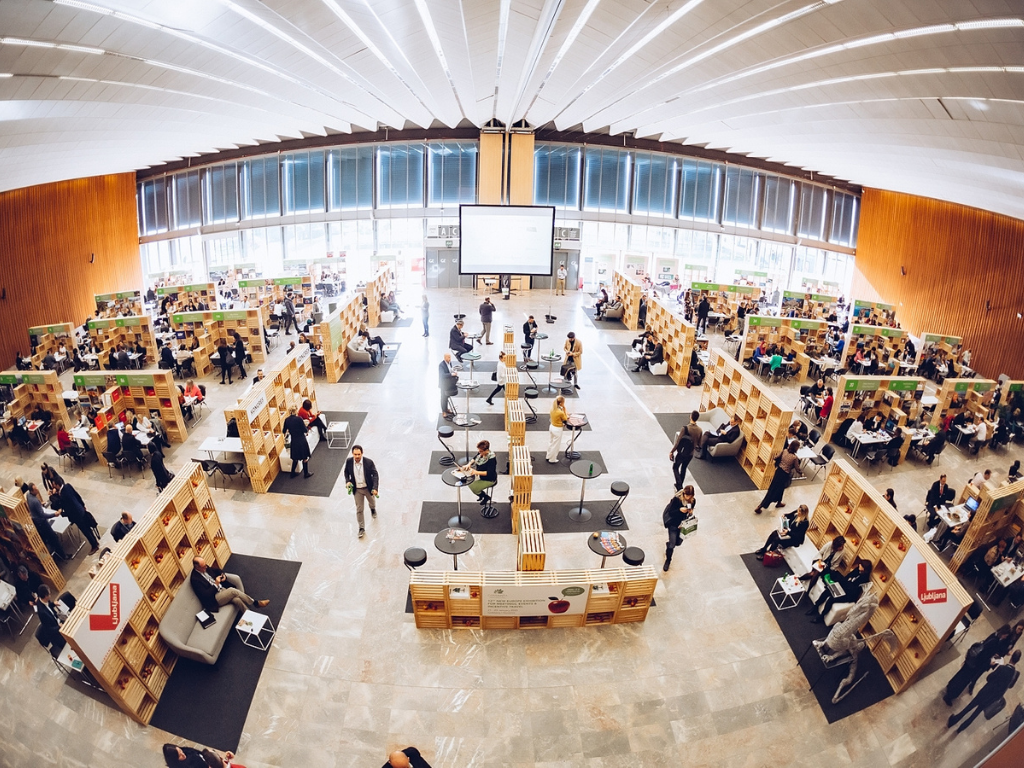
INSPIRATION
Case example of the Conventa tradeshow’s return on investment
FACT: Conventa measures profitability by surveying hosted buyers and exhibitors. On average, hosted buyers graded Conventa with a mark of 4.27, while exhibitors graded Conventa 4.42.
RESULT: With the help of an electronic butler and a statistical probability test, we proved that 62.87% of all hosted buyers were excellent-5 or great-4, and around 38.56% of hosted buyers had high potential and tangible RFPs.
EFFECT: Judging by the results of the surveys conducted each year, Conventa is a conference with ROI returned in the form of actual business arrangements. Alongside the business dimension, we create ROI by improving the recognisability of the trademark. We have identified that the Conventa brand is extremely well accepted.

ROI OF CONVENTA
Innovative ROI measurements
From its inception, the Conventa organisers were aware of the need to ensure effective measurement of its results and added value. Therefore, high standards are continuously introduced, whilst results are measured in real-time using the innovative V-tablet system—the first of its kind in the world. Results can be compared throughout the year, making constant improvements of the event a reality.



